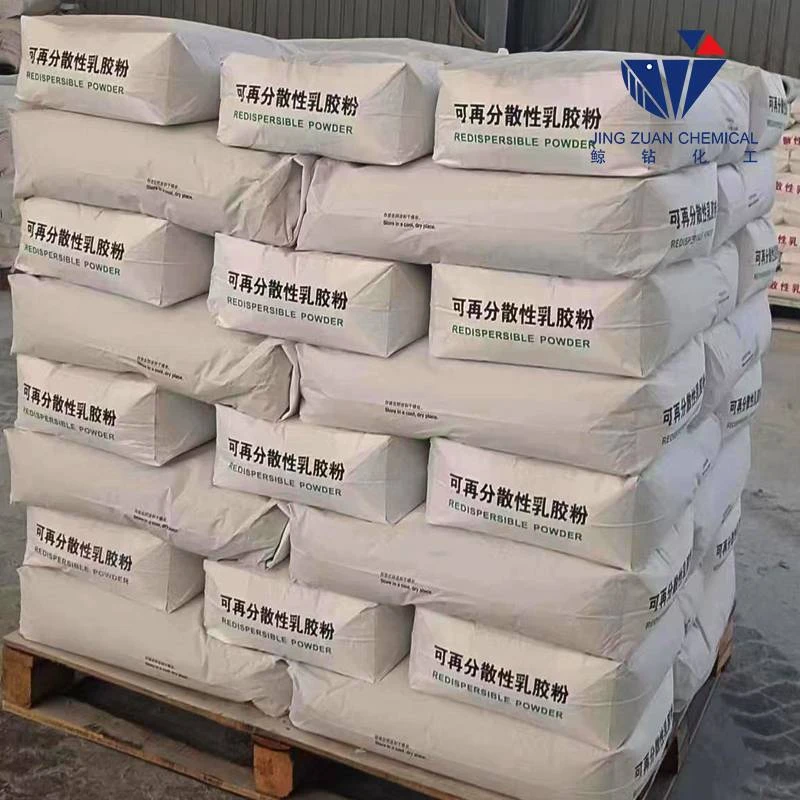
Ara . 24, 2024 07:48 Back to list
Hydroxypropyl Methylcellulose HPMC Uses and Applications in Various Industries
Hydroxypropyl Methylcellulose (HPMC) Understanding Its Applications and Importance
Hydroxypropyl Methylcellulose (HPMC) is a non-ionic, water-soluble polymer derived from cellulose, a natural polymer found in the plant cell walls. Due to its unique chemical properties, HPMC has found applications in various industries, including pharmaceuticals, food production, cosmetics, and construction. This article aims to explore the structure, properties, and diverse applications of HPMC, highlighting why it has become a crucial component in many products today.
Structure and Properties of HPMC
HPMC is synthesized through the modification of cellulose, where hydroxypropyl and methyl groups are introduced to the cellulose backbone. This alteration enhances the solubility and viscosity of the compound when in contact with water. The degree of substitution (DS) of HPMC can vary, which affects its properties such as viscosity, gelation, and film-forming ability.
One of the most significant features of HPMC is its ability to form thermoreversible gels, which means it can transition between solid and liquid states with temperature changes. This property is particularly valuable in applications requiring controlled consistency and texture.
Applications in Pharmaceuticals
In the pharmaceutical industry, HPMC is widely used as an excipient, a substance that facilitates the manufacturing processes or enhances the properties of active ingredients. HPMC serves various roles such as
1. Tablet Binder and Disintegrant It is used to bind tablet formulations together while also promoting disintegration upon ingestion. This ensures that the active ingredients are released effectively in the digestive tract.
2. Controlled Release Formulations HPMC is employed in the production of controlled-release dosage forms, enabling a gradual release of drugs into the bloodstream, thereby improving therapeutic effectiveness and reducing side effects.
3. Thickening Agent Its ability to thicken solutions makes HPMC a common choice in formulations such as suspensions and emulsions, ensuring uniform distribution of active ingredients.
Role in the Food Industry
hpmc hydroxypropyl methylcellulose

HPMC is recognized as a safe additive in food production, classified under E464 in the EU food additive regulations. In this industry, it serves multiple functions
- Thickening and Stabilizing HPMC enhances the texture of food products, providing a desirable mouthfeel in sauces, dressings, and ice creams, while also stabilizing emulsions to prevent separation.
- Fat Replacement In reduced-fat products, HPMC can mimic the creamy texture of fats, allowing manufacturers to create healthier alternatives without sacrificing quality.
- Glazing Agent Its film-forming ability makes HPMC suitable for use as a glazing agent, providing an appealing sheen and helping to preserve freshness.
Impact on Cosmetics and Personal Care
HPMC is also a valuable ingredient in cosmetic formulations. Due to its thickening and gelling properties, it is commonly found in products such as lotions, creams, shampoos, and conditioners. It helps stabilize emulsions, improving the texture and application of these products. Furthermore, HPMC provides moisture retention benefits, making it ideal for hydrating formulations that cater to various skin types.
Contribution to Construction
In the construction industry, HPMC plays a vital role as a water-retaining agent in cementitious materials. It improves the workability and adhesion properties of mortars and plasters, ensuring better application and longevity of these materials. Additionally, HPMC helps prevent cracking by providing adequate moisture retention during the curing process.
Conclusion
Hydroxypropyl Methylcellulose is a versatile compound that significantly impacts multiple industries, ranging from pharmaceuticals to food and cosmetics to construction. Its unique properties, such as solubility, thickening abilities, and film-forming characteristics, make it an invaluable component in many formulations. As industries continue to evolve and emphasize quality, safety, and performance, HPMC will likely maintain its prominence as a key ingredient poised to meet the demands of modern consumers. Understanding HPMC's attributes and applications is essential for anyone interested in harnessing the potential of this remarkable polymer.
-
tile-bonding-additives-for-stronger-bonds
NewsAug.22,2025
-
construction-grade-rdp-for-wholesale-needs
NewsAug.22,2025
-
trusted-wholesale-hec-partners
NewsAug.22,2025
-
hec-solutions-for-industrial-excellence
NewsAug.22,2025
-
construction-additives-need-hpmc-essentials
NewsAug.22,2025
-
hpmc-versatile-cellulose-ether-for-industries
NewsAug.22,2025







